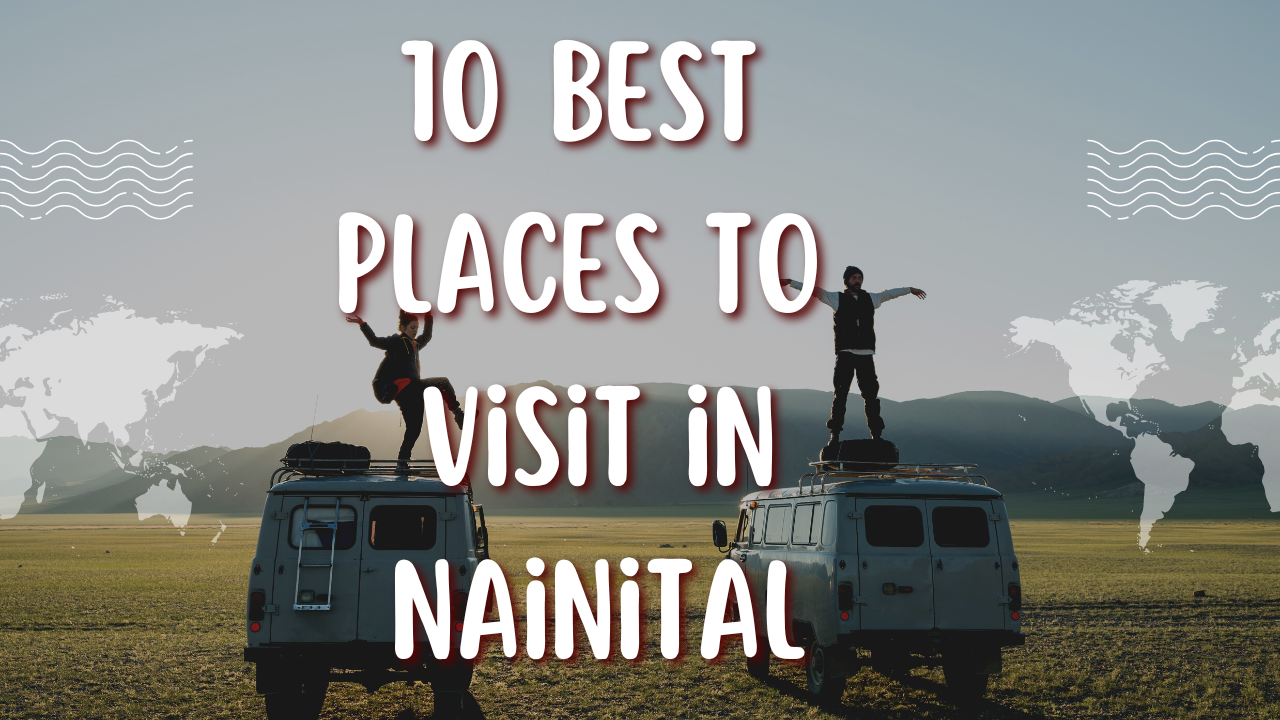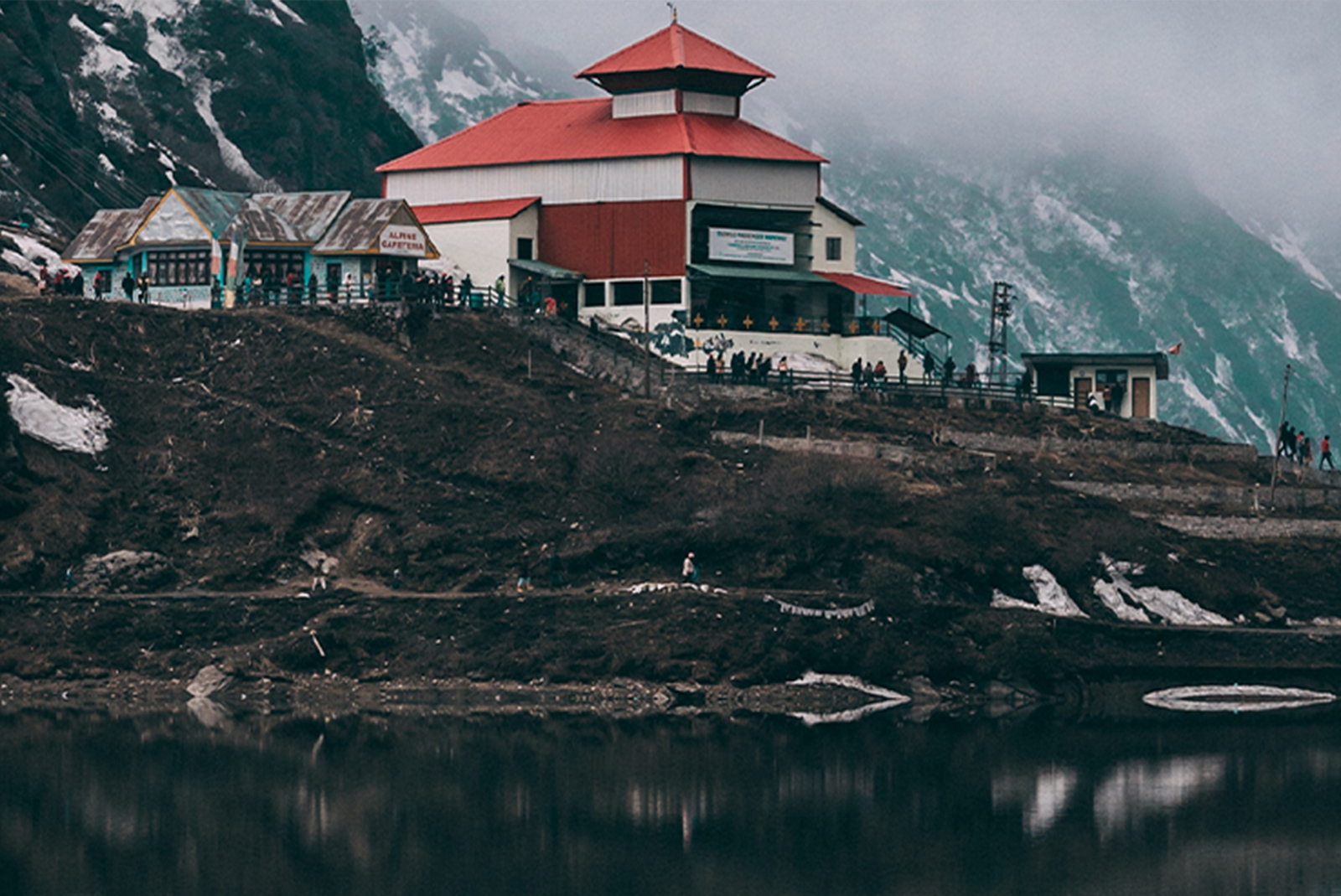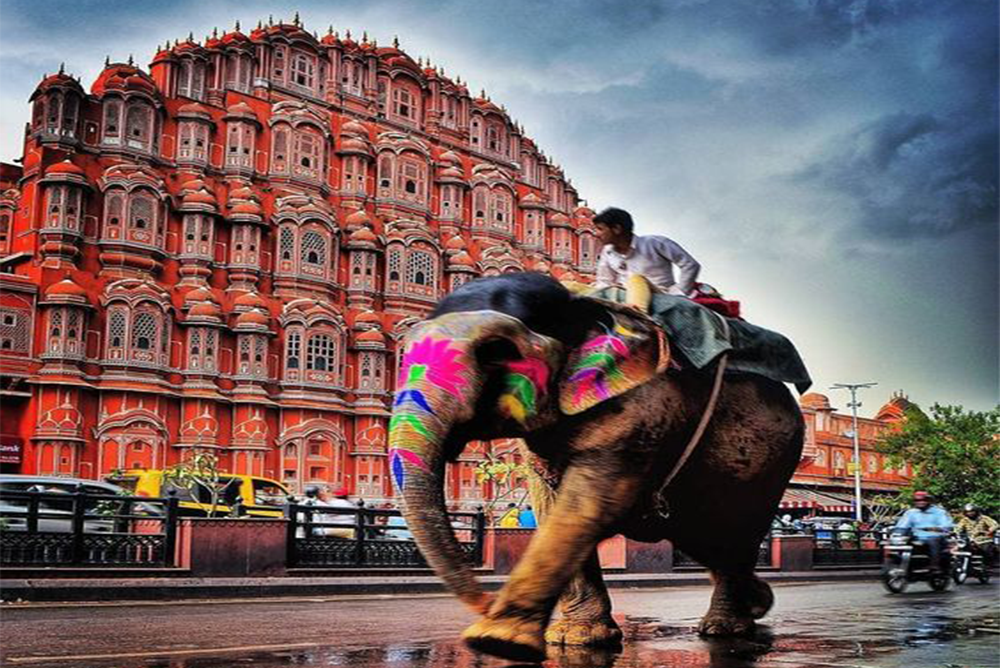15 Best Places to visit in India – Top Tourist attractions in India
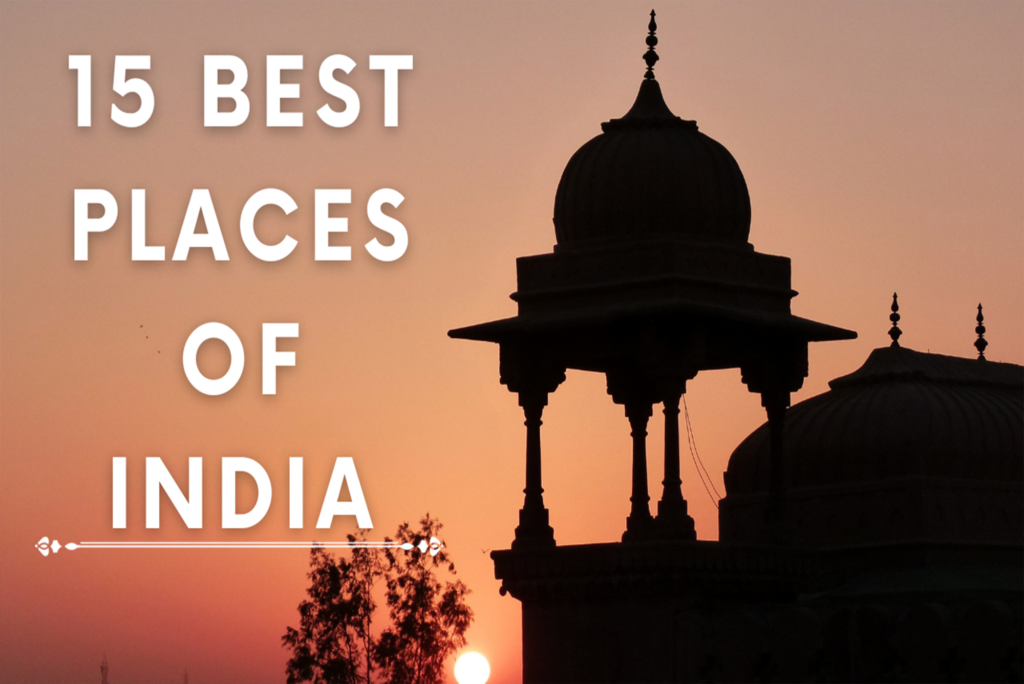
India, often referred to as the land of diversity, offers an extraordinary range of tourist attractions that cater to the varied interests and preferences of travelers. From ancient historical sites to breathtaking natural wonders, India is a treasure trove of experiences waiting to be uncovered. In this blog post, we’ll take you on a journey through some of the most captivating tourist destinations in this incredible subcontinent.
India’s past is as extensive as the country itself. It’s a location where extinct cultures flourished, leaving behind marvellous and inspiring remnants. Agra is home to the magnificent Taj Mahal, a symbol of unending love. With its palaces and forts, Jaipur is a city that reflects Rajasthan’s royal past. The intricate rock-cut architecture found in the cave temples of Ellora and Ajanta dates back centuries. Furthermore, Varanasi, a holy city situated on the banks of the Ganges, is a vibrant example of India’s devotion to and diversity of religions.
So, Let’s start to Explore the 15 Best Places to visit in India:-
Table of Contents
1. Taj Mahal, Agra
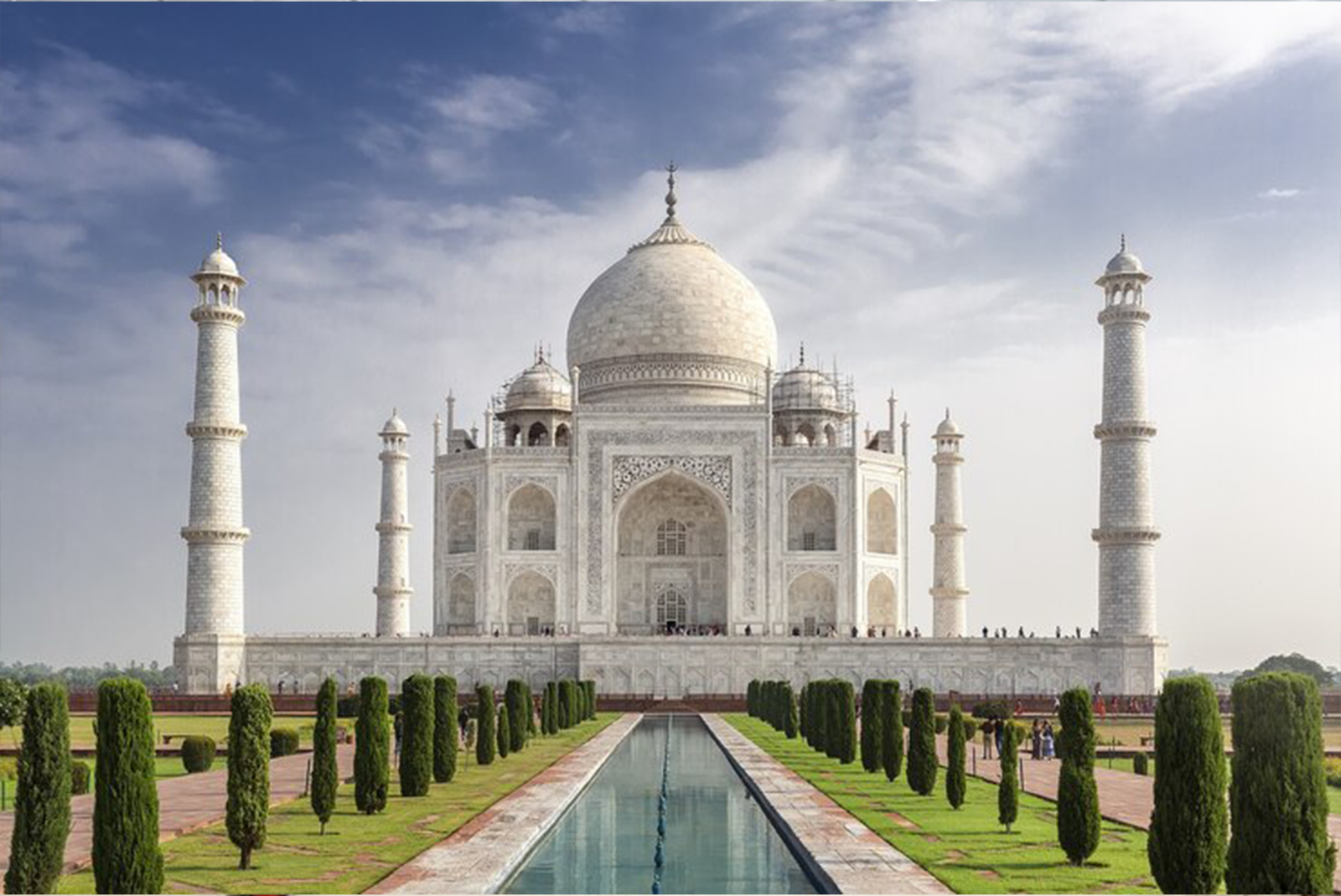
An architectural wonderland that requires no introduction is located in the center of India, where the Yamuna River flows and history defines the atmosphere: the Taj Mahal. This famous monument is more than just a building; it’s an architectural work of art, a monument to unending love, and a priceless piece of Indian history.
The Taj Mahal, often described as the “Crown of Palaces,” is a UNESCO World Heritage Site and one of the New Seven Wonders of the World. It was built by the Mughal Emperor Shah Jahan in memory of his beloved wife, Mumtaz Mahal, who passed away during childbirth. The Taj Mahal is, in essence, an expression of Shah Jahan’s undying love for his queen.
When you visit the Taj Mahal, it’s not just the structure that captivates you, but also the serene gardens, the grand gateways, and the tranquil atmosphere. Early morning or late afternoon are the ideal times to explore this marvel because of the way the light changes, enhancing its beauty.
The Taj Mahal is not merely a tourist attraction; it’s a symbol of love’s enduring power and a masterpiece of human achievement. It’s a place where history, art, and love are etched in every stone, where the beauty of the monument is rivaled only by the story behind it. Enter the world of timeless romance and architectural grandeur at the Taj Mahal. It serves as an uncomfortable reminder that certain stories are meant to be cherished for ages to come and that love is capable of creating something just as timeless and exquisite as the Taj itself.
Read more : Places and Tourist attractions to visit in Agra
2. Amber Fort, Jaipur
Important Information:
- Amer Fort is located approximately 11 kilometers from Jaipur city and is easily accessible by road.
- It’s advisable to visit early in the morning to avoid the crowds and the scorching sun.
- Entrance fees vary for Indian and foreign tourists, and there are separate charges for camera and video equipment.
- Engage a local guide for a more enriching experience and to learn about the fort’s history.
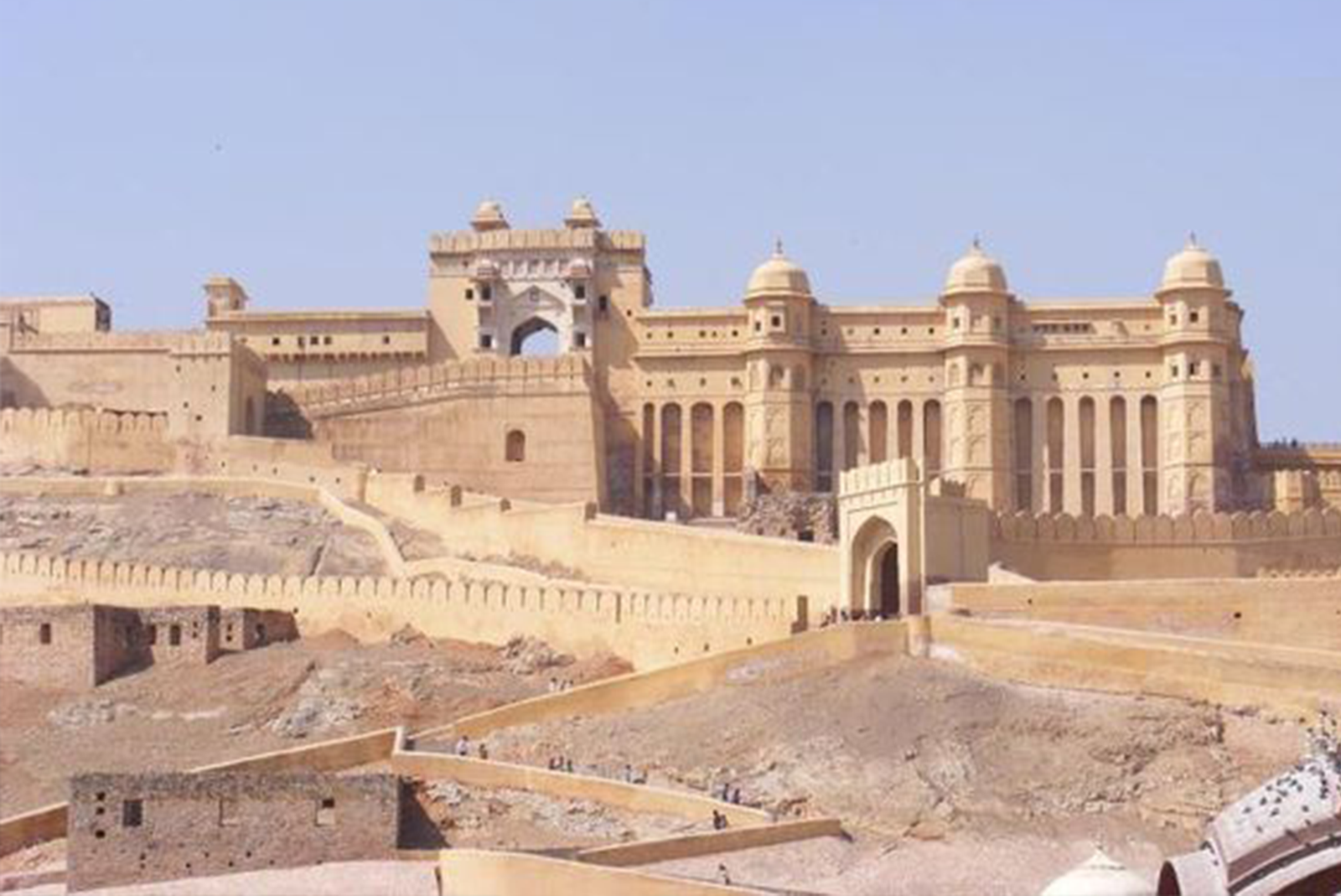
Exploring the Majestic Beauty of Amer Fort. Amer Fort is one of the architectural marvels that immediately springs to mind when one thinks of the grandeur and opulence of Rajasthan. Amer Fort, which is perched above the untamed hills that encircle Jaipur, also known as the Pink City of India, is a symbol of the area’s rich cultural legacy and history.
Amer Fort is a complex of palaces, gardens, and temples rather than just one building. You’ll be taken back in time as you explore the royal apartments, Diwan-i-Aam (Hall of Public Audience), and Diwan-i-Khas (Hall of Private Audience). Remember to stroll through the exquisitely designed gardens, which feature the well-known Maota Lake as a peaceful backdrop for the fort.
Consider going to the evening Sound and Light Show if you want to fully immerse yourself in the mythology and history of Amer Fort. The experience is remarkable as the show tells the story of the fort’s past.
Amer Fort is a living reminder of the beauty of the Rajputana era rather than simply a historical landmark. Anybody interested in learning more about India’s rich cultural legacy should make time to visit this site because of its architecture, artwork, and stories. You enter a magnificent period of Rajasthani history when you visit Amer Fort, not just a fortification.
Read more : Places and Tourist attractions to visit in Jaipur
3. The Backwaters of Kerala
The backwaters are enchanting year-round, but the best time to visit is during the winter months, from October to March, when the weather is pleasant and the skies are clear.
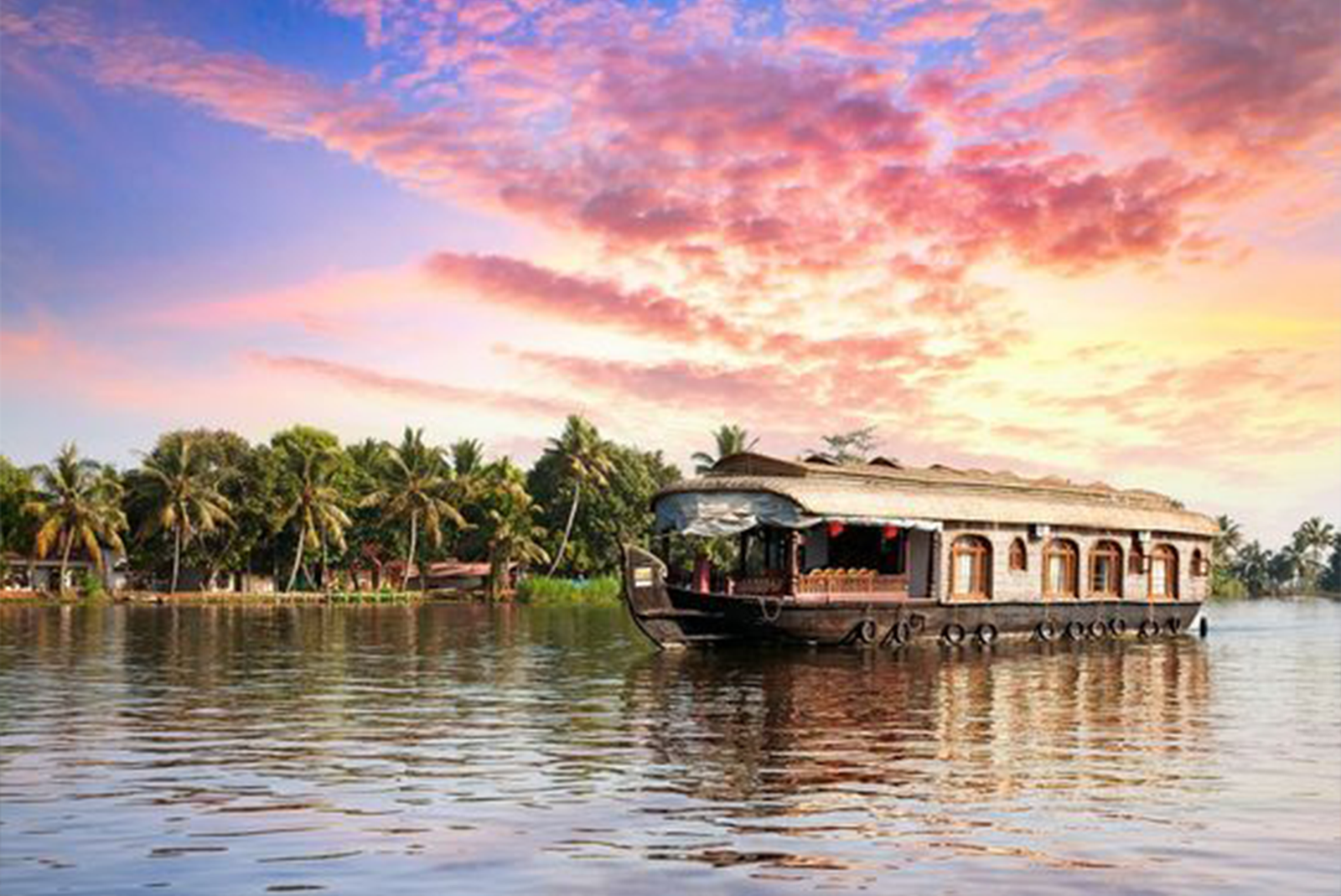
Kerala’s backwaters provide a peaceful getaway for a singular experience. An ideal environment for relaxation is created by houseboat rides along the traveling waterways surrounded by lush vegetation and coconut trees. Kerala, often referred to as “God’s Own Country,” is a place of diverse natural beauty and cultural richness. One of its most iconic and serene features is the enchanting network of backwaters that crisscross the state.
The Malabar Coast of Kerala is home to the complex system of linked canals, lakes, and lagoons known as the backwaters. This complex network of water bodies is the longest in the world, spanning more than 900 kilometers. With a distinct ecosystem and a way of life deeply connected with the rivers, it is a landscape unlike any other.
Traveling on a traditional Kerala houseboat, or “kettuvallam,” is one of the best ways to experience the backwaters. These houseboats, which have windows overlooking the beautiful surroundings and all the contemporary conveniences you could want, are like floating paradises. You’ll be treated to incredible views of emerald green paddy fields, waving coconut palms, and charming villages as you peacefully glide along the water.
Kerala’s backwaters offer a delightful culinary experience. Most houseboat journeys include freshly prepared traditional Kerala dishes, including succulent fish, spicy curries, and an array of coconut-based delicacies. Your taste buds are in for a treat as you savor the flavors of this coastal paradise.
In addition to houseboat cruises, you can boat, canoe, or just take a leisurely stroll along the scenic trails to discover the backwaters. Many resorts along the backwaters offer rejuvenating massages and Ayurvedic treatments that you shouldn’t miss.
4. Varanasi, the Spiritual Hub
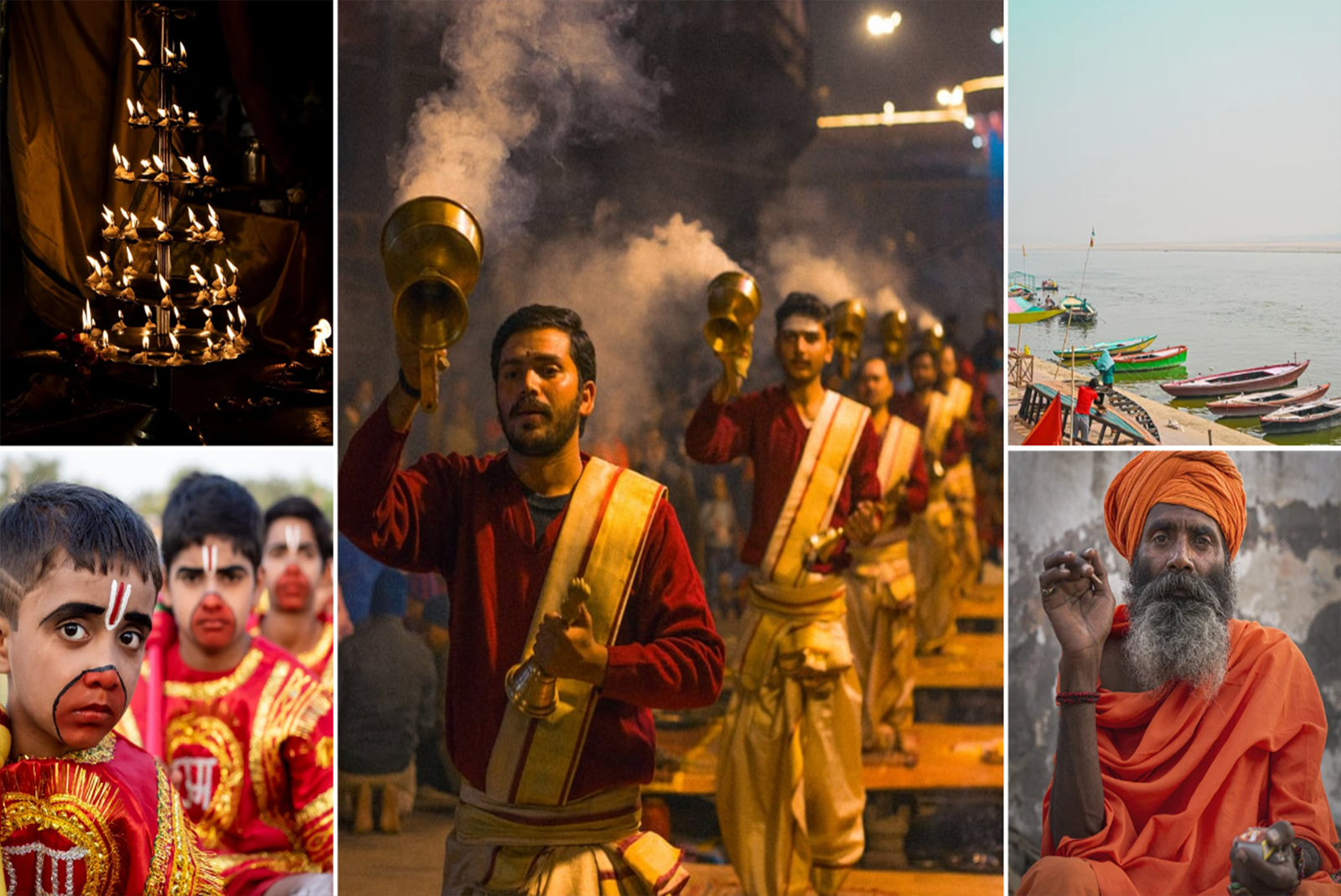
Varanasi, one of the oldest cities in the world, is a spiritual epicenter for Hindus. A visit to the ghats along the sacred Ganges River is an immersive experience in Indian spirituality and culture.
Known by many other names, including Kashi or Banaras, Varanasi is a city that evokes mysticism, spirituality, and an invisible charm that is difficult to find elsewhere. It is situated along the banks of the holy Ganges River. We’ll go on a spiritual adventure through the narrow lanes and historic temples of Varanasi in this blog post, where every stone seems to be whispering a tale and the divine is felt at every turn.
Varanasi is often referred to as the “Spiritual Capital of India.” This city has been a center for religious and philosophical learning for over 3,000 years. It’s a place where time seems to stand still, and the spiritual quest takes precedence over the mundane.
The city’s most famous feature is its array of beautiful ghats, which are stone steps that descend to the Ganges and are frequented by pilgrims and devotees for spiritual purification and rituals every day. The Ghats of Varanasi are breathtaking, especially at sunrise and sunset when the river comes alive with the sound of prayers and glowing lamps.
Varanasi, with its spirituality, ancient rituals, and deep-rooted culture, offers an experience that transcends the ordinary. It’s a place where seekers of the soul and lovers of history can find solace, inspiration, and profound experiences. Visiting Varanasi is not just a journey; it’s a pilgrimage into the heart of India’s spiritual heritage.
5. The Himalayan Mountains
Important Information:
Best Time to Visit
The ideal time to visit the Himalayas depends on your interests. Spring and autumn are the best seasons for trekking and mountaineering, while winter is perfect for enjoying the snow. Monsoon season, from June to September, is best avoided due to heavy rainfall and the risk of landslides.

The Himalayan region is a haven for adventure seekers and nature lovers alike. The Himalayas offer something for everyone, whether it’s trekking in Himachal Pradesh, discovering Ladakh’s Buddhist culture, or taking in Uttarakhand’s breathtaking scenery.
The Himalayan Mountains, often referred to as the “Abode of Snow,” are more than just a geographical wonder; they are a world of awe-inspiring beauty, diverse cultures, and boundless adventure. In this blog post, we’ll embark on a journey to explore the Himalayas, a realm where towering peaks, serene valleys, and spiritual significance converge.
Superlatives are synonymous with the Himalayas. The world’s tallest peaks, including Mount Everest, which soars to 29,032 feet (8,849 meters) above sea level, are found in this mountain range. Feeling humbled by the sheer size of nature’s creation, you can’t help but stare up at these enormous giants.
The Himalayas are an adventurer’s paradise. Whether you’re into trekking, mountaineering, white-water rafting, or simply immersing yourself in the natural world, the Himalayas offer an array of experiences that cater to all levels of thrill-seekers.
With an abundance of unusual and exotic species, the Himalayan region is a hotspot for biodiversity. Traveling through the Himalayan landscapes may allow you to see a variety of bird species, red pandas, unattainable snow leopards, and Himalayan tahr.
6. Goa's Beaches
- Baga Beach, 2.Arambol Beach, 3. Arambol Beach, 4. Vagator Beach, 5. Arambol Beach
Things to Do:- Water Sports and Adventure, Local Cuisine
Best Time to Visit:
The best time to visit Goa’s beaches is from November to March, when the weather is pleasant, and the sea is calm for swimming and water sports.

India is not just about ancient monuments; it’s also home to some of the most stunning beaches. Goa, with its beautiful coastline, offers a blend of relaxation, water sports, and a vibrant nightlife scene. Goa, India’s coastal paradise, is famous for its vibrant culture, rich history, and, of course, its pristine beaches. In this blog post, we’ll take you on a journey to explore the diverse and breathtaking beaches of Goa, where relaxation, adventure, and natural beauty converge.
Goa, a state in western India, has more than 100 kilometers of coastline that is home to a variety of beaches, each with its own distinct personality and allure. There’s a beach in Goa that’s ideal for you, whether you’re looking for peace and quiet, love being in the water, or both.
1. Baga Beach:
Baga Beach, located in North Goa, is one of the most popular and lively beaches in the state. With a thriving market, water sports, delicious seafood served at beach shacks, and a lively nightlife, it’s a center of activity. Popular with tourists, Baga Beach is a great place for people who enjoy a lively social scene.
2. Palolem Beach:
Palolem Beach in South Goa is a great option if you’re searching for a more sedate, calm experience. This peaceful haven is located on a crescent-shaped beach surrounded by coconut palms. You can relax with a good book, go on a boat trip to see dolphins, or explore the neighboring Butterfly Beach.
3. Anjuna Beach:
Anjuna Beach is famous for its laid-back, bohemian vibe. It was a center for the hippie movement in the 1960s and retains its relaxed charm to this day. The beach is lined with beachfront cafes, live music venues, and the iconic Anjuna Flea Market.
4. Vagator Beach:
Vagator Beach, located just north of Anjuna, is known for its stunning red cliffs and picturesque views. It’s a favorite among backpackers and offers a quieter and more tranquil environment, perfect for enjoying a sunset or beach yoga.
5. Arambol Beach:
Arambol Beach, in North Goa, has a distinctive bohemian and artistic atmosphere. It’s a haven for creative souls and offers a sense of community. You can find yoga retreats, drum circles, and a welcoming environment for those seeking a holistic and alternative experience.
Goa’s beaches offer a variety of thrilling water sports in addition to being places to unwind. There’s no shortage of ways to raise your heart rate, like windsurfing, parasailing, jet skiing, and scuba diving.
Read more : Places and Tourist attractions to visit in Goa
7. Ajanta and Ellora Caves, Maharashtra
Important Information:
- The caves are situated in the Aurangabad district of Maharashtra and are easily accessible from Aurangabad city.
- It’s advisable to hire a local guide who can provide in-depth insights into the history and significance of the caves.
- The best time to visit is during the cooler months, from October to March, to avoid the scorching summer heat.

These UNESCO-listed caves are a testament to India’s ancient architectural prowess. Carved out of rock, these caves contain intricate sculptures and paintings that showcase the rich history of India. The Ajanta and Ellora Caves are two amazing cave complexes that are hidden away in the center of Maharashtra, India. They are a testament to the artistry, spirituality, and historical significance of ancient India. We’ll go on an exploration of these fascinating cave systems in this blog post; each has a special tale to tell.
Ajanta Caves: A Canvas of Ancient Artistry
The Ajanta Caves, a UNESCO World Heritage Site, are a marvel of rock-cut architecture and ancient Indian art.
These thirty Buddhist caves, which date to the second century BCE, are situated atop the Sahyadri hills’ horseshoe-shaped rock escarpment. Each cave is decorated with incredibly detailed sculptures and frescoes that illustrate various facets of ancient Indian life and culture, the life of the Buddha, and stories from the Jataka.
You’ll be taken back in time to a time when these caves were used as monastic retreats and centers for Buddhist study as you explore the dimly lit interiors. The amazing murals that cover the walls are evidence of the talent and imagination of the artists who created these cave paintings more than two millennia ago.
Ellora Caves: A Testament to Religious Harmony
The Ellora Caves, which are only a few hours’ drive from Ajanta, offer a mysterious synthesis of Buddhism, Hinduism, and Jainism. This complex, which is well-known for its architectural diversity, consists of 34 caves carved out of solid rock. One of the architectural highlights of the Ellora Caves is the Kailasa Temple, a remarkable monolithic rock-cut structure dedicated to Lord Shiva.
The Ellora Caves, which were constructed over the course of five centuries, from the sixth to the eleventh century, demonstrate the coexistence of many religious traditions and highlight the spirit of religious diversity and tolerance that has long been associated with Indian culture.
8. Rann of Kutch, Gujarat
Important Information:
- Bhuj, the nearest city, serves as the gateway to the Rann of Kutch.
- Plan your visit during the dry season, from October to March, to experience the stunning white desert.
- Local homestays and tented accommodations offer a unique way to experience the culture and hospitality of the region.
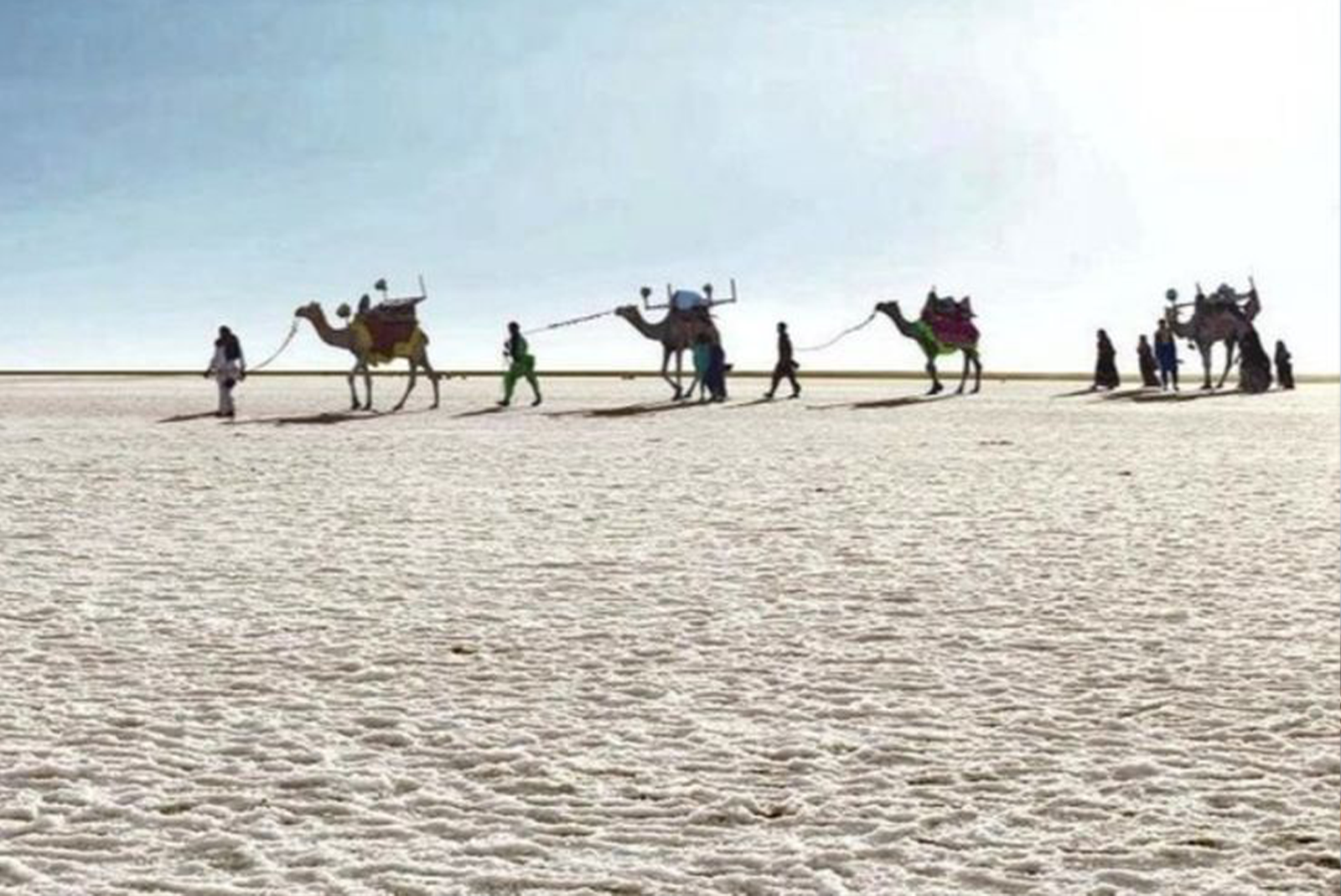
The white salt desert of the Rann of Kutch transforms into a mesmerizing, endless expanse during the Rann Utsav festival. Experience the unique culture, cuisine, and crafts of Gujarat in this surreal landscape. Imagine a vast expanse of crystal-clear blue skies surrounded by a shimmering white salt that stretches as far as the eye can see. The Rann of Kutch, one of India’s most remarkable and alluring travel destinations, is this strange landscape.
The Rann of Kutch is divided into two major regions: the Great Rann and the Little Rann. The Great Rann is the vast expanse of white salt desert that stretches for miles. The Little Rann, on the other hand, is a separate region known for its distinctive ecosystem, home to the Indian Wild Ass and various bird species.
You will see the unusual phenomenon of salt crystals shimmering in the sunlight as you explore the Great Rann. The resilient salt marsh flora, which perseveres in these harsh conditions, contrasts with the bleak white surroundings.
The Rann of Kutch truly comes to life during the Rann Utsav, a cultural extravaganza that celebrates the region’s rich heritage. This festival, held from October to March, showcases traditional music, dance, handicrafts, and a plethora of authentic Gujarati cuisine. It’s an opportunity to immerse yourself in the vibrant colors and cultural diversity of Gujarat.
The Rann of Kutch is well known for its breathtaking moonlit evenings and sunsets. The white salt desert becomes colored in different ways as the sun sets and becomes a surreal scene after dark.
9. Haridwar: Gateway to the Divine
Important Information:
- Haridwar and Rishikesh are well-connected by road and rail, with the nearest airport in Dehradun.
- The best time to visit is during the cooler months, from October to March, to enjoy pleasant weather.

Haridwar, often referred to as the “Gateway to the Gods,” is one of the seven holiest places in Hinduism. The city is a bustling pilgrimage destination that comes alive with spirituality and devotion. Here’s what you can experience in Haridwar :
1. Ganga Aarti at Har Ki Pauri: Every evening, the famous Ganga Aarti at Har Ki Pauri is a captivating spectacle. Visitors and devotees assemble on the ghats to watch the priests perform a ritualistic offering of prayers to the holy Ganges River, accompanied by the hypnotic chanting of mantras and the flickering of endless oil lamps.
2. Dip in the Holy Ganges: A visit to Haridwar is incomplete without taking a dip in the holy Ganges to cleanse your soul. The ghats are bustling with people performing rituals and offering their prayers to the river.
3. Temples and Ashrams: Haridwar is home to a plethora of temples and ashrams. The Chandi Devi Temple, Mansa Devi Temple and Maya Devi Temple are among the most revered. The ashrams offer a peaceful retreat and a chance to learn about yoga and meditation.
10. Rishikesh: Yoga Capital of the World
Important Information:
- Haridwar and Rishikesh are well-connected by road and rail, with the nearest airport in Dehradun.
- The best time to visit is during the cooler months, from October to March, to enjoy pleasant weather.
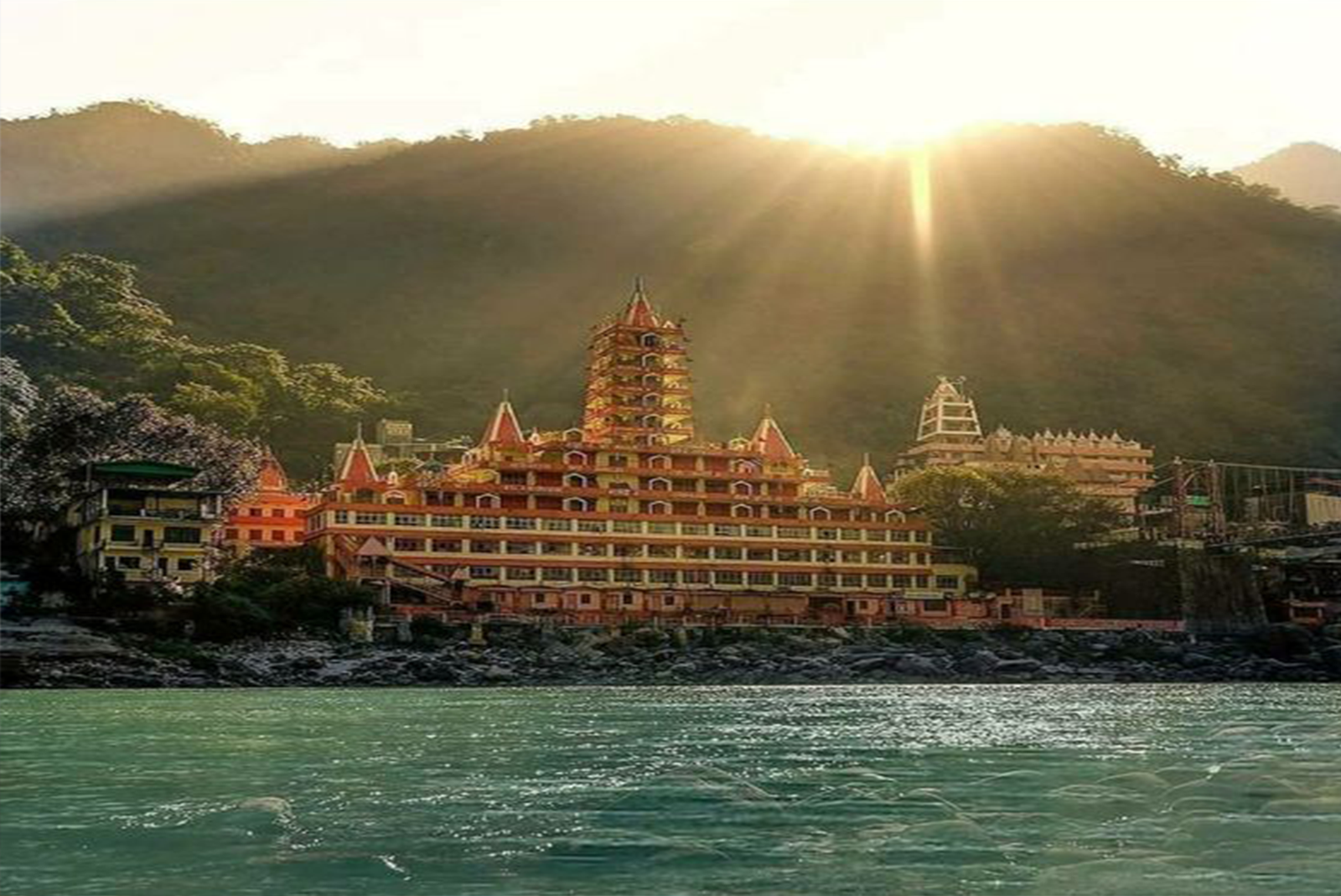
Conveniently located near Haridwar, Rishikesh is widely recognized as the “Yoga Capital of the World.” It provides a calm diversion from the busyness of city life. What sets Rishikesh apart is as follows:
1. Yoga and Meditation: Rishikesh is dotted with numerous yoga schools and ashrams. It’s a place where seekers from around the world come to learn the art of yoga and meditation from experienced gurus. The tranquil surroundings and spiritual energy make it an ideal place for self-discovery and inner peace.
2. Adventure Activities: Rishikesh is also an adventure enthusiast’s paradise. The city is known for thrilling activities like white-water rafting, trekking, and camping in the lush Himalayan foothills.
3. The Beatles Connection: Rishikesh gained international fame when The Beatles visited the Maharishi Mahesh Yogi’s ashram in the 1960s. Today, you can visit the abandoned ashram, often referred to as the “Beatles Ashram,” and explore the graffiti-covered ruins.
4. Laxman Jhula and Ram Jhula: These iconic suspension bridges offer stunning views of the river and are lined with shops, cafes, and temples. They are also known for their spiritual significance and are named after Lord Ram’s brother Laxman.
11. Mysore, Karnataka: Where Royalty and Heritage Converge
Important Information: Places to Explore
- Majestic Mysore Palace, 2. Chamundi Hill and Chamundeshwari Temple, 3. Serenity at Brindavan Gardens, 4. Palaces and Museums, 5. Culinary Delights, 6. Shopping for Souvenirs
Practical Information:
- Mysore is well-connected by road and rail and is approximately a three-hour drive from Bengaluru.
- The best time to visit Mysore is during the cooler months, from October to March.
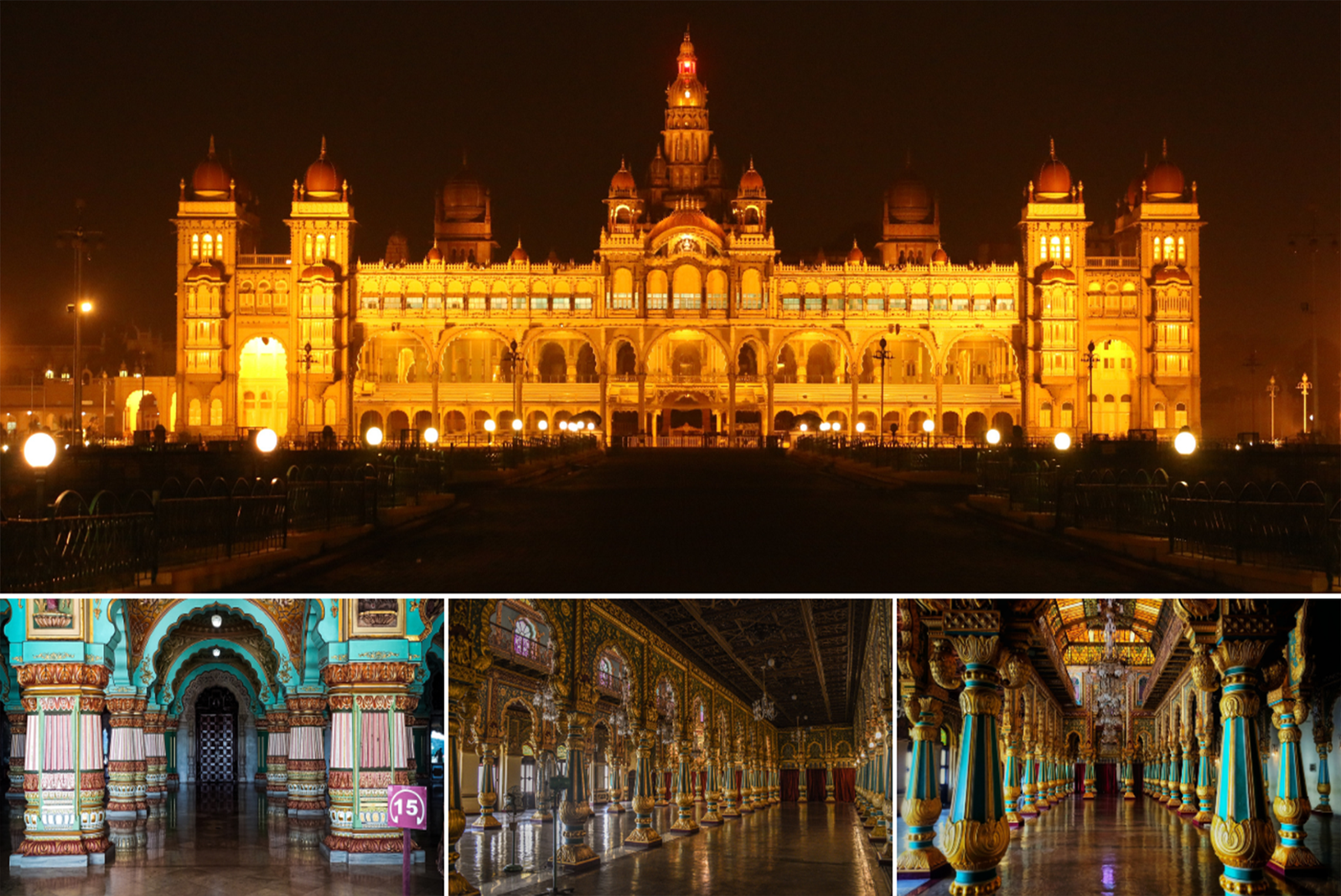
Mysore is a city of palaces, with the grand Mysore Palace being the crowning jewel. Visit during the Dussehra festival to witness a grand procession that is a sight to behold. This is just a glimpse of the incredible tourist attractions that India has to offer. The country’s immense diversity ensures that every traveler can find something to cherish, whether it’s exploring its history, indulging in its culinary delights, or immersing in its spirituality.
Situated in the center of Karnataka, Mysore is a city that skillfully blends a rich historical legacy with a dynamic contemporary environment. Renowned for its sumptuous mansions, verdant gardens, and abundant cultural legacy, Mysore is a place that makes a deep impression on everyone who visits.
Mysore, Karnataka, is not just a destination; it’s a journey through time and culture. It’s a place where you can immerse yourself in the regal past, explore the city’s natural beauty, and relish its culinary delights.
So, plan your visit, uncover the royal heritage, and let Mysore enchant you with its timeless charm and vibrant spirit.
12. Ladakh - A High-Altitude Adventure
Important Information: Things to do in Ladhak
- Monasteries and Spirituality. 2. Ladakhi Culture and Festivals. 3. Nubra Valley and its Unique Landscapes. 4. Pangong Lake: A Shimmering Wonder 5. Adventurous Pursuits
Practical Information:
- Ladakh can be reached by air or by road from Srinagar or Manali.
- The best time to visit Ladakh is during the summer months, from May to September, when the weather is pleasant and the mountain passes are open.

Ladakh, in the far north of India, has amazing scenery, monasteries, and trekking opportunities for those looking for mountain adventure. For the daring traveler, this region’s bleak beauty is a treat. There is a land unlike any other, tucked away in the northernmost part of India, where ancient temples cling to sheer cliffs and jagged peaks touch the sky. This is the high-altitude desert region of Ladakh, renowned for its untamed beauty and deep spirituality. We’re going to take a trip through the captivating landscapes, lively culture, and timeless mystique of Ladakh in this blog post.
Leh, the capital of Ladakh, serves as the gateway to this enchanting land. The town is surrounded by snow-capped peaks and is a blend of tradition and modernity. You can explore the narrow lanes of the Old Town, visit the 17th-century Leh Palace, and acclimate to the high altitude before venturing further into the region.
Ladakh is not just a destination; it’s an unforgettable journey through a world of stark natural beauty, vibrant culture, and timeless spirituality. It’s a place that leaves an indelible mark on your soul, where you’ll find solace in the high mountains and warmth in the hearts of its people.
13. Udaipur - The City of Lakes
Practical Information:
- Udaipur is well-connected by air, rail, and road.
- The best time to visit is during the cooler months, from October to March, when the weather is pleasant for sightseeing.
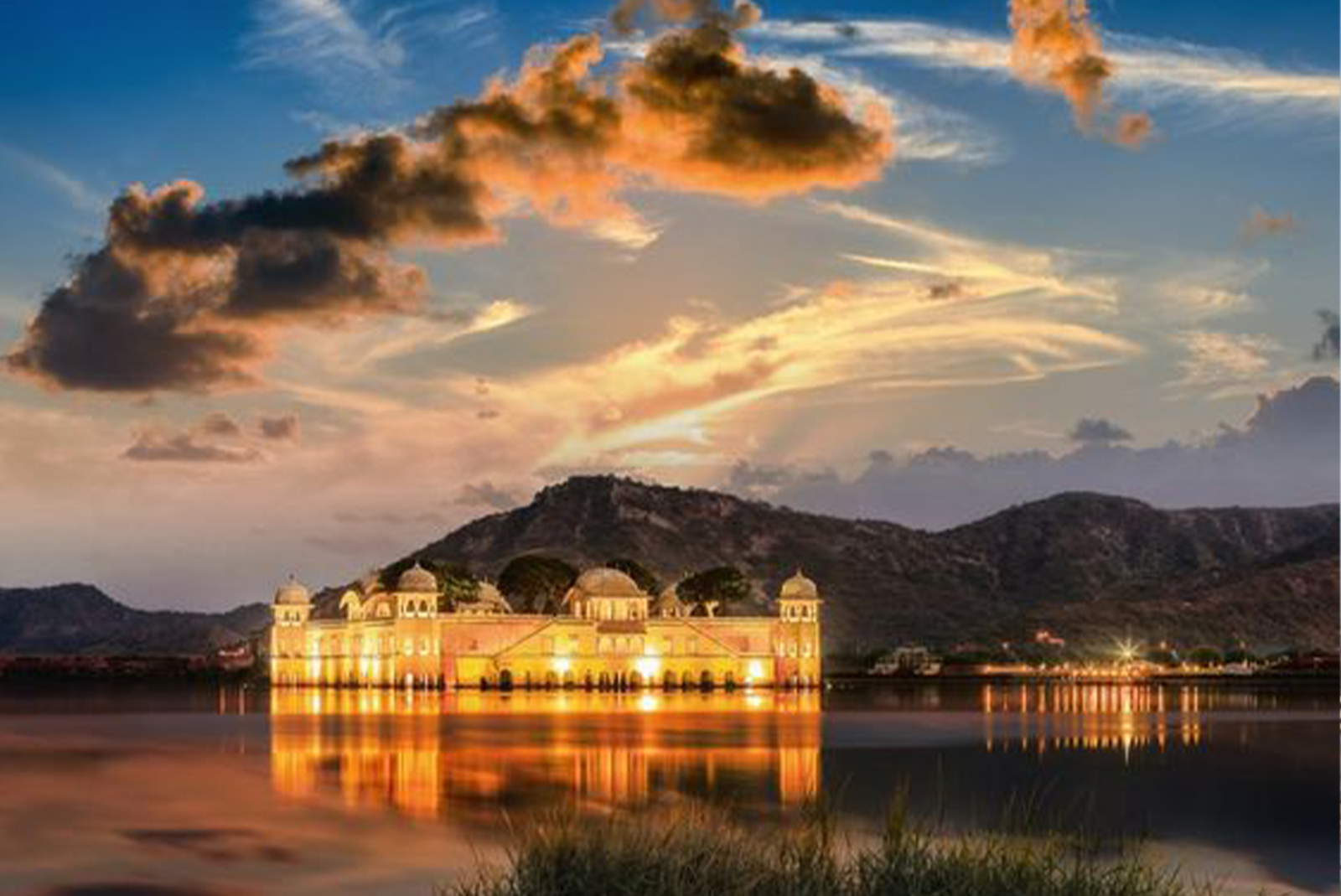
Udaipur, often referred to as the “City of Lakes,” is a romantic destination with its picturesque lakes, palaces, and vibrant bazaars. Visit the City Palace, enjoy a boat ride on Lake Pichola, and explore the culture of this Rajasthani gem. The charming city of Udaipur is located in the Indian royal state of Rajasthan, tucked away among the Aravalli hills. Udaipur, also referred to as the “City of Lakes” and the “Venice of the East,” is a place that skillfully combines a romantic atmosphere, architectural wonders, and royal heritage.
Udaipur is a historical city whose origins can be traced to the powerful Mewar dynasty. The magnificent palaces, forts, and temples that dot the landscape are testaments to the rulers who once called this city home. Mewar’s capital.
Perched on the shores of Lake Pichola is the magnificent architectural wonder that is the City Palace of Udaipur. With its blend of Mughal and Rajasthani architectural designs, it provides sweeping views of the city and its lakes. A trip to the palace will immerse you in the lavish lifestyle of Mewar’s nobility.
Read more : Places and Tourist attractions to visit in Udaipur
14. Hampi - Ruins of a Bygone Era
Practical Information:
- Hampi is accessible by road, and the nearest railway station is Hospet.
- The best time to visit is during the cooler months, from October to March, to enjoy pleasant weather.
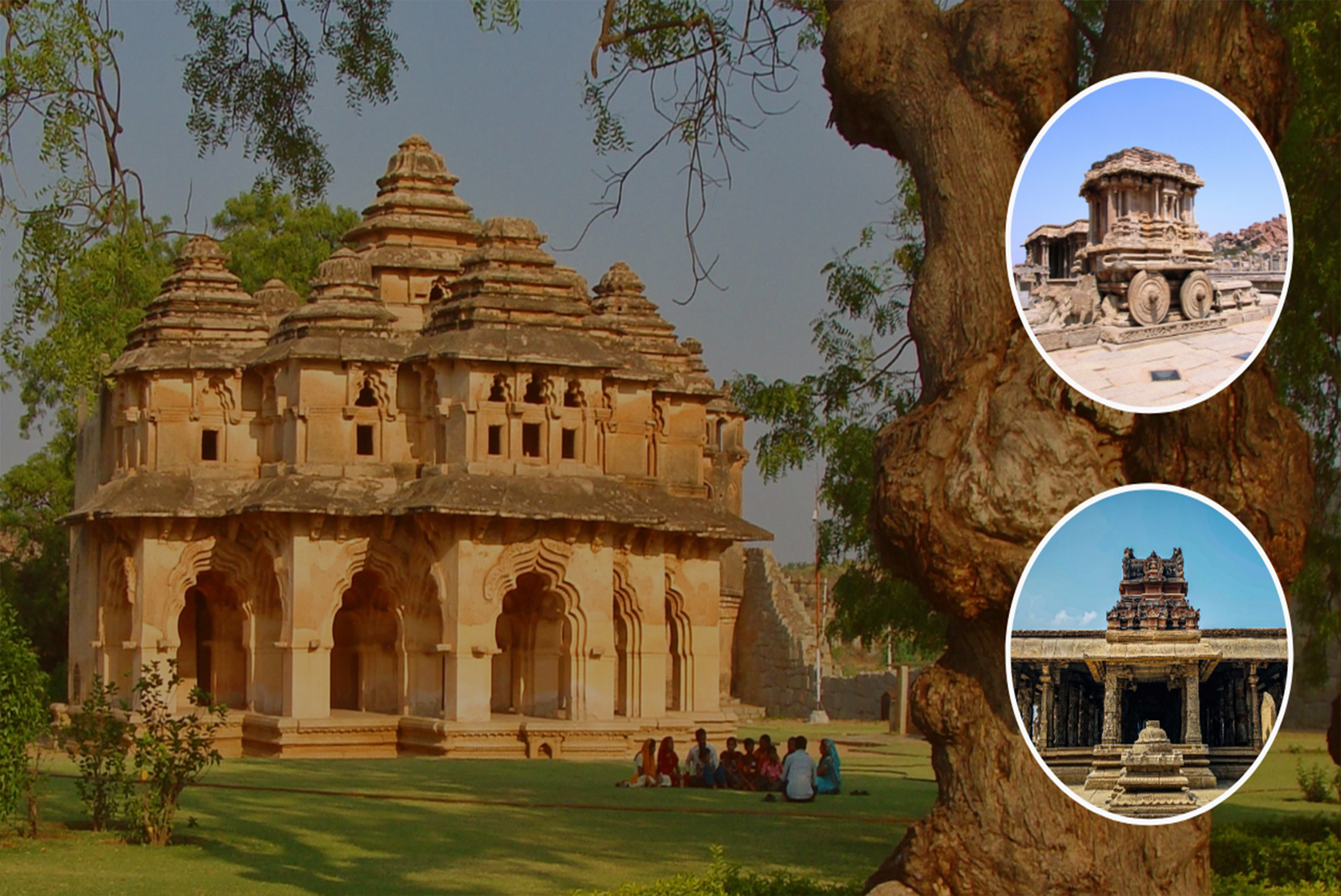
A UNESCO World Heritage Site, the ancient city of Hampi in Karnataka is home to numerous intriguing temple complexes, bouldered landscapes, and ruins. It’s a location that gives you a rare look into India’s past while also taking you back in time.
Hampi, the former capital of the mighty Vijayanagara Empire, is a treasure trove of archaeological and architectural wonders. The city thrived during the 14th to 16th centuries, and its grandeur rivaled the great cities of the world. The remnants of its past glory are spread across the landscape, serving as an open-air museum of history.
The architectural and technical achievements of the empire are demonstrated by the ruins of Hampi. The Lord Shiva-focused Virupaksha Temple is a representation of devotion and creative skill. The famous stone chariot, musical pillars, and elaborate sculptures that take you back in time are the highlights of the Vittala Temple.
For breathtaking panoramic views of the city’s ruins and the Tungabhadra River, a hike to Matanga Hill is a must. The sunrise and sunset vistas are nothing short of awe-inspiring.
Hampi is more than just a place to visit; it’s a trip through time where the stones reveal the history of a once-powerful empire. It serves as a tribute to the enduring spirit of history as well as a reminder of the heights to which humanity is capable when it comes to art, architecture, and culture.
15. The Sundarbans (West Bengal)
Important Information:
- The Sundarbans can be accessed from Kolkata, with boat tours and lodges available in the nearby town of Gosaba.
- The best time to visit is during the cooler and drier months, from November to February.

The Sundarbans, a UNESCO World Heritage Site, is home to the majestic Royal Bengal Tiger. It’s a unique mangrove forest region where you can embark on wildlife safaris and bird-watching expeditions.
The Sundarbans is the largest mangrove forest in the world, covering approximately 10,000 square kilometers across India and Bangladesh. Its name, “Sundarbans,” means “beautiful forest,” and the region lives up to its reputation.
The best way to explore the Sundarbans is by river safari. Tour boats travel through the complex network of waterways, providing chances to see wildlife, go to fishing villages, and take in the serene beauty of the mangroves.
The Sundarbans is not just a destination; it’s a journey into a world where nature reigns supreme, and humans are guests in a realm of untamed beauty. It’s a place where the thrill of a tiger’s presence and the tranquility of mangrove forests coexist in perfect harmony.








